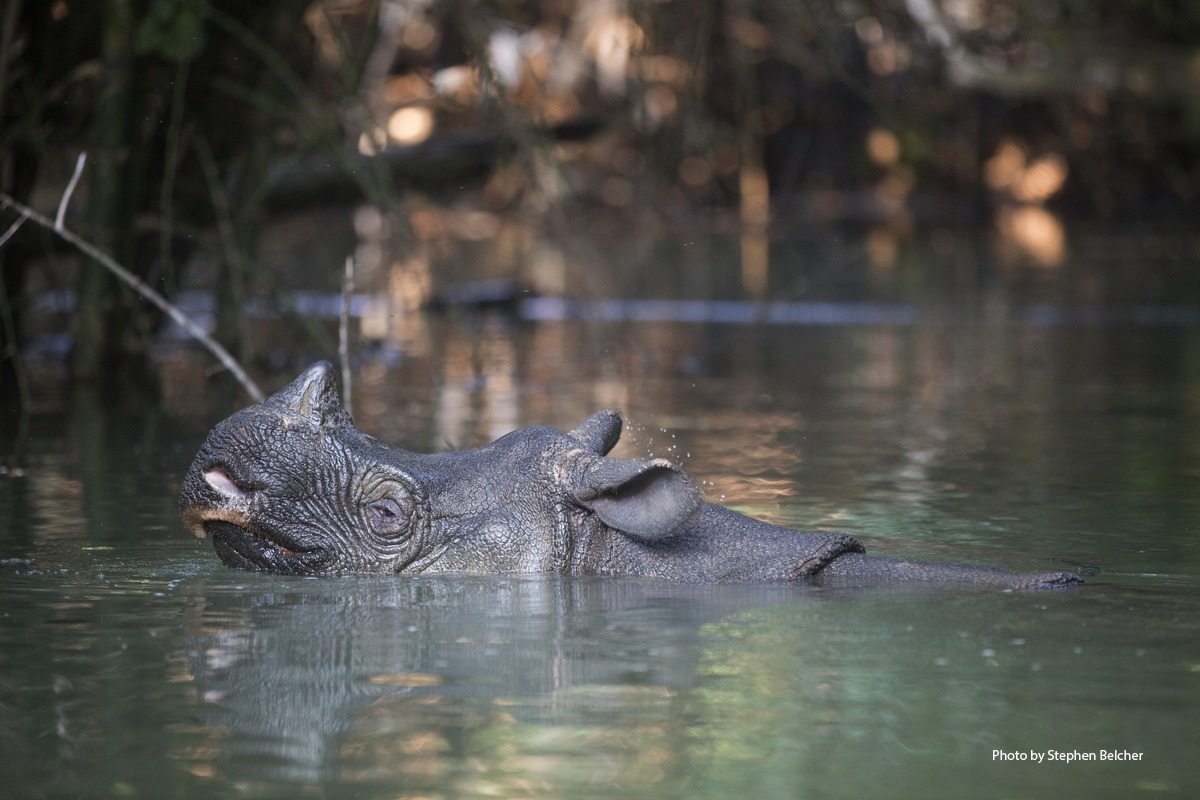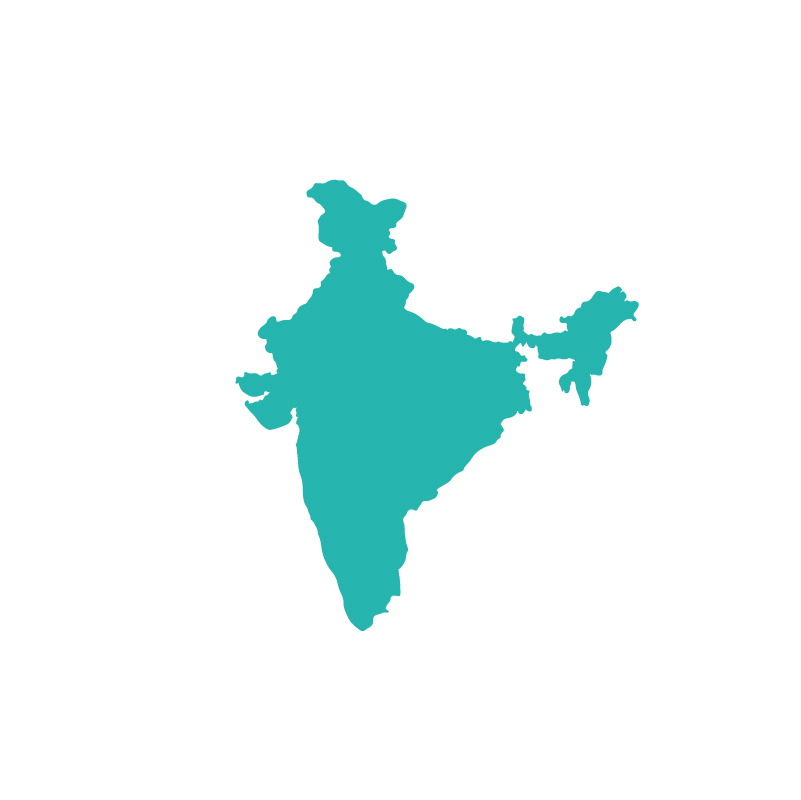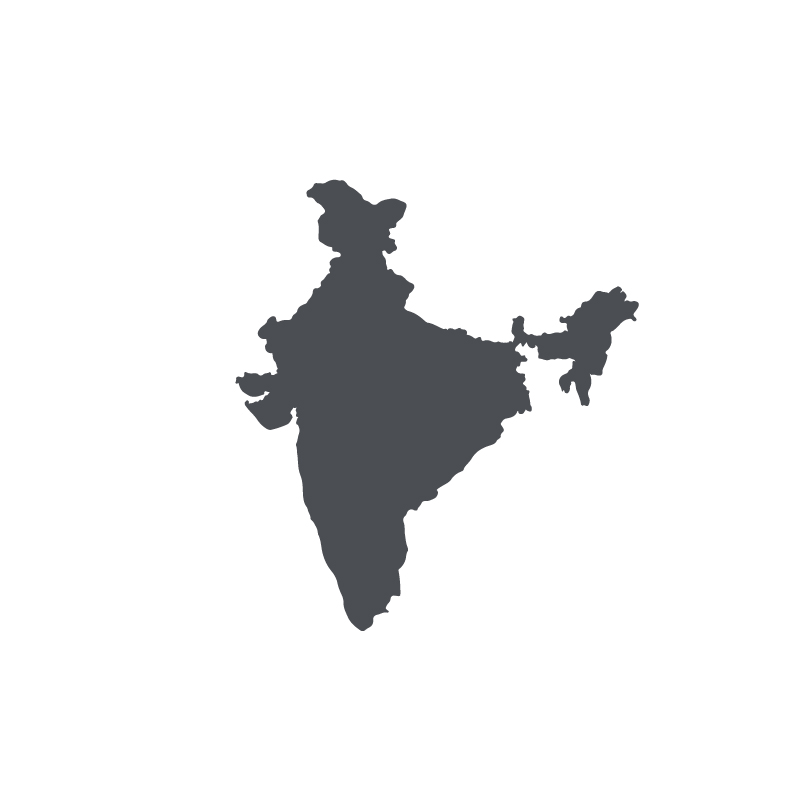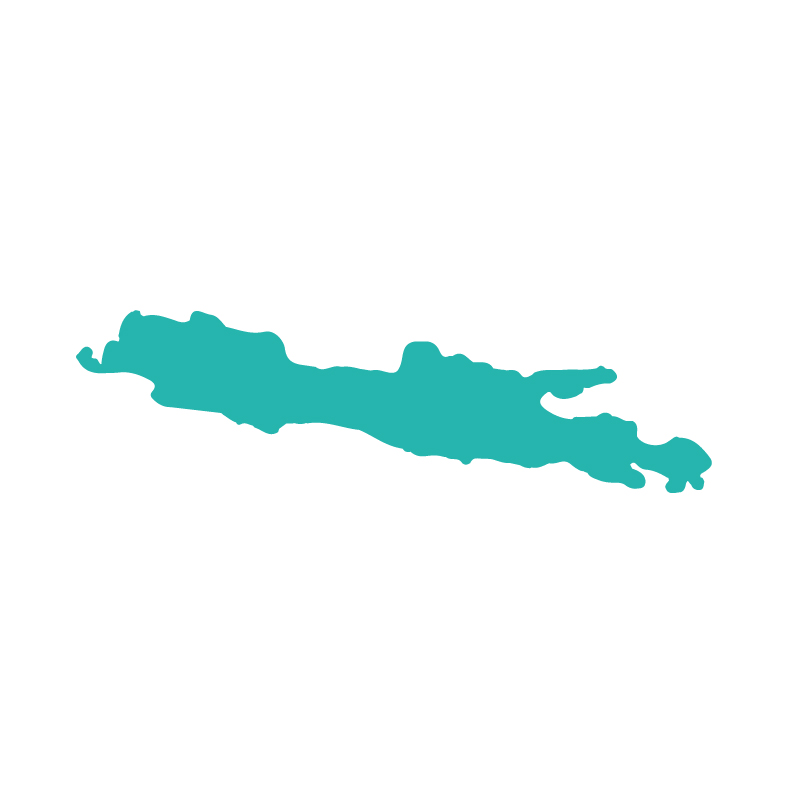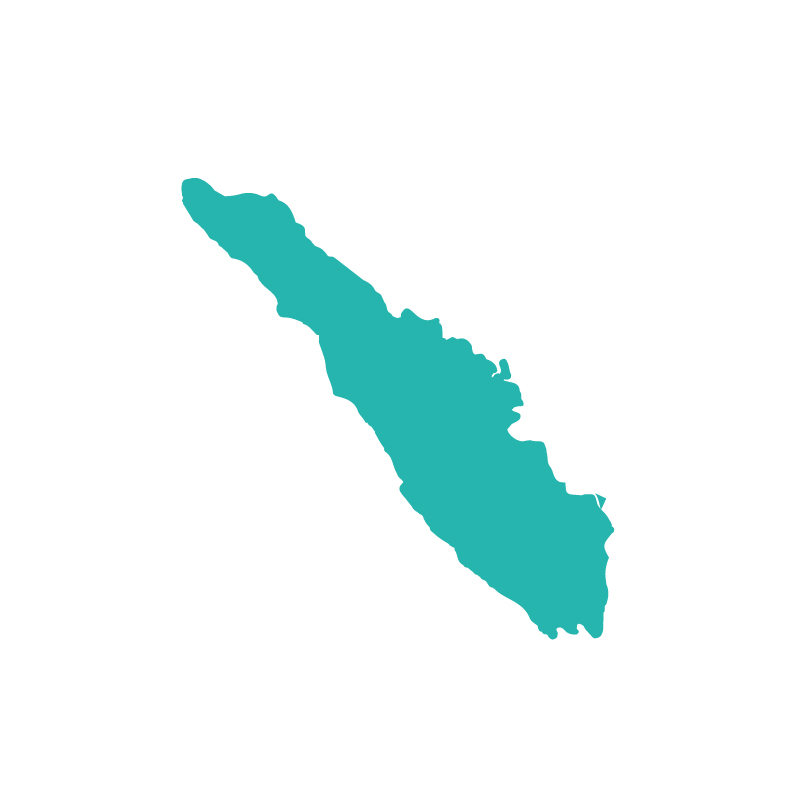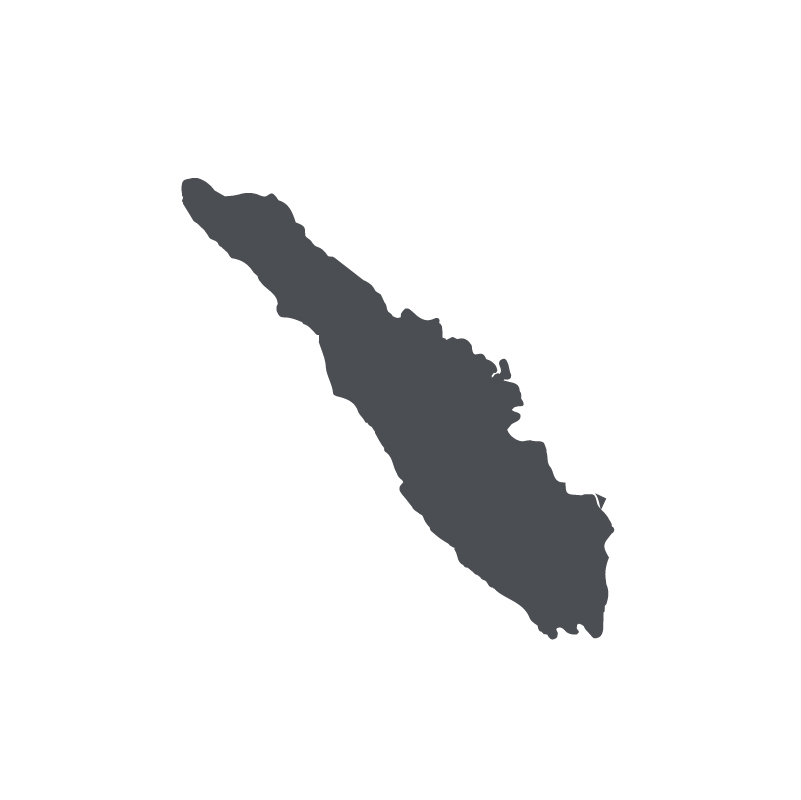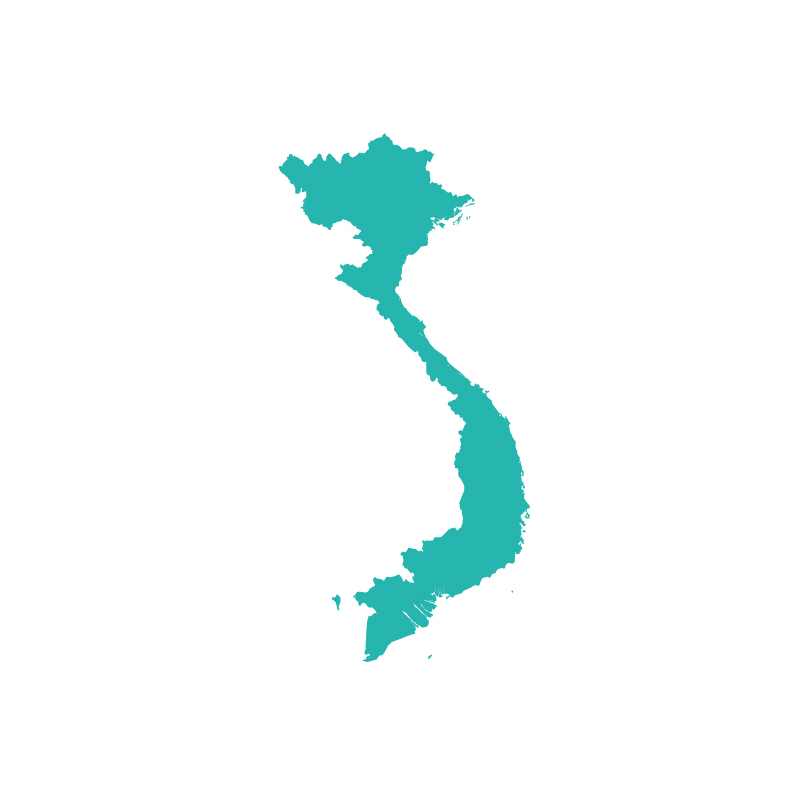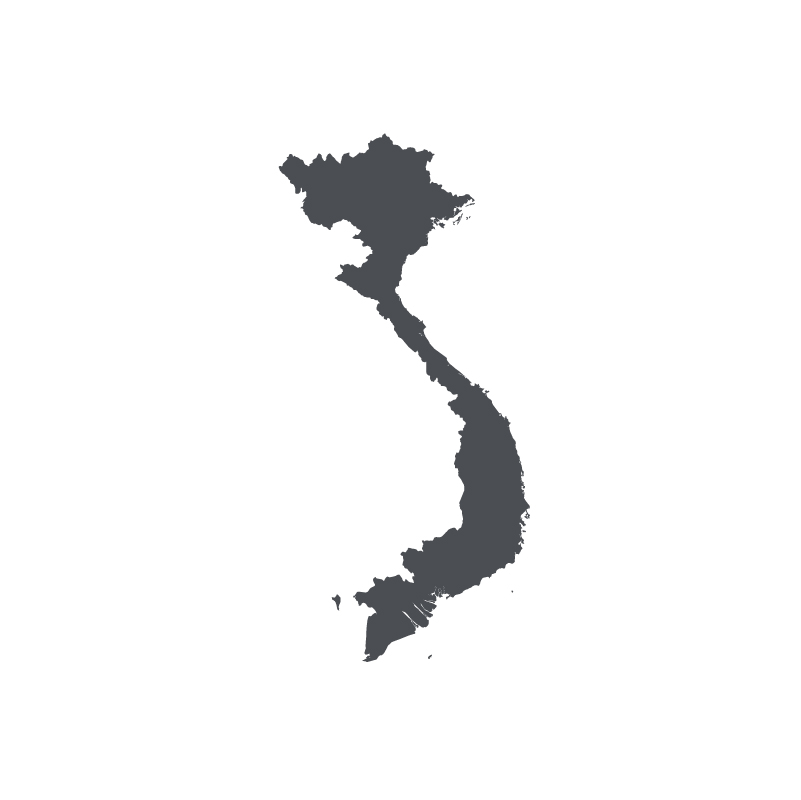IRF WORKS WITH UJUNG KULON NATIONAL PARK AND LOCAL NGOs, THE RHINO FOUNDATION OF INDONESIA (YAYASAN BADAK INDONESIA OR YABI), AND the Alliance of Forest Integrated Conservation (ALeRT), TO PROTECT THE WORLD’S ONLY POPULATION OF JAVAN RHINOS WHILE ALSO WORKING TO EXPAND THE SPECIES’ HABITAT IN INDONESIA.
Since the 2011 death of the last Javan rhino (Rhinoceros sondaicus) in Vietnam, the species now only exists in one country, in one national park – Indonesia’s Ujung Kulon National Park (UKNP). Once ranging throughout southeast Asia, Javan rhinos have been hunted to near extinction with a single, small population remaining. UKNP has conducted intensive Javan rhino population monitoring since 1967, when the Park estimated that just 25 individuals remained. Since then, the population has been slowly increasing to an estimated high of 76 rhinos in 2022. Unfortunately, earlier this year Indonesia’s Ministry of Environment and Forestry noted that 15 of these 76 individuals have not been identified on camera traps for the last three years (recently, three of these individuals have been accounted for). It is not known whether these rhinos have simply avoided detection by camera traps, passed away naturally or been poached. Within the last year, UKNP has found evidence of attempted poaching incursions and has responded by closing the Park to visitors, increasing protection and monitoring efforts and implementing added security systems. In addition to the constant threat of poaching shared by all rhino species, the Javan rhino population in Ujung Kulon faces several unique threats. These include an unbalanced sex ratio of about two males for every one female, a lack of genetic diversity within the existing population, and only having access to a single habitat which has neared its carrying capacity for rhinos and is located in an area prone to natural disasters.
Rhino Operations in Java
Rhino Protection Units, IRF, YABI and park staff operate five terrestrial and two marine Rhino Protection Units (RPUs) in UKNP. RPUs are highly-trained, four-person anti-poaching teams that intensively patrol key areas within the national park. The goal of the RPU program is to prevent the extinction of Javan rhinos and other threatened species and to protect critical habitats in Java through proactive prevention of poaching and habitat destruction.
Although the RPUs in UKNP have been very successful, protection in itself isn’t going to be enough to save the species from extinction. Over the long-term, the population needs to be spread out, with a second viable population established elsewhere in Indonesia. Our first step towards accomplishing this goal is to increase the habitat available in eastern UKNP so the existing population can expand and grow.
The RPUs patrol and survey on foot, motorbike, and by boat to monitor Javan rhinos and other threatened species through direct sightings, footprints, feces, wallows, and evidence of feeding. RPUs immediately remove any traps or snares discovered during patrols and investigate any illegal activity, including illegal hunting and fishing, illegal logging, and construction of camps or houses. If appropriate, the RPUs then collect evidence and help make arrests. RMUs track each individual rhino with camera traps, ensuring an accurate count of the population.
Habitat Management, In addition to protection efforts the National Park and YABI have developed the 5,000 hectare Javan Rhino Study and Conservation Area (JRSCA) in the Gunung Honje area, along UKNP’s eastern boundary. The continued survival of the Javan rhino depends on their population increasing in numbers as rapidly as possible, and this new area would provide more habitat to allow the population to increase under intensified management and protection. The study and conservation area eventually will serve as a ‘staging ground’ from which translocations to a second site can occur.
We have hired more than 150 people from surrounding communities to construct a 10-km perimeter fence along the study and conservation area to prevent encroachment, and to build three guard posts and a base camp for the RPUs that patrol the area. They have also cleared 170 hectares of the dominant Arenga palm to allow other native rhino food plants to recolonize the forests.
As the JRSCA habitat has been improved over the past several years, Javan rhinos from the population in the western section of UKNP have begun moving into the area on their own – as many as nine rhinos are now regularly using the habitat.

